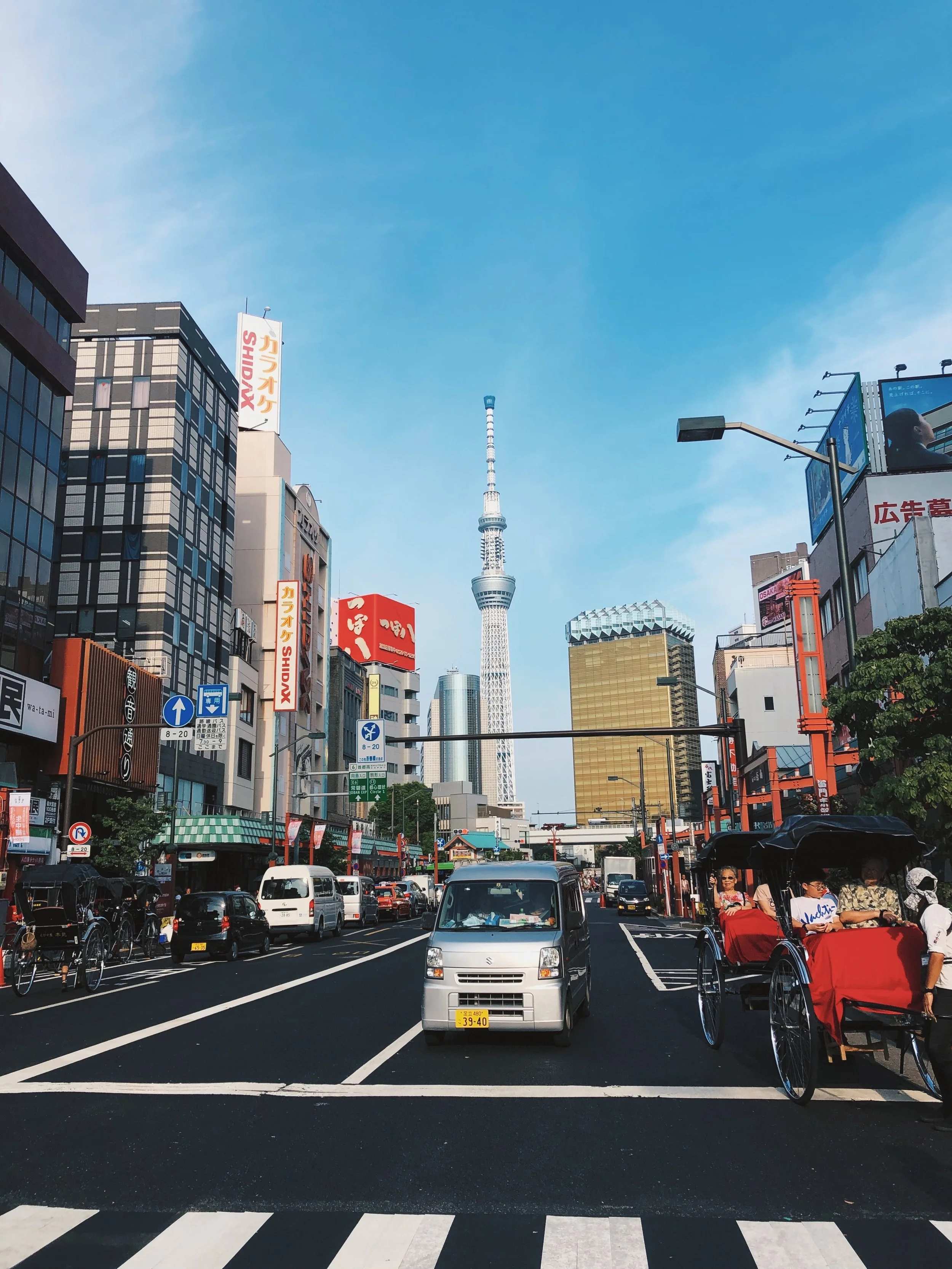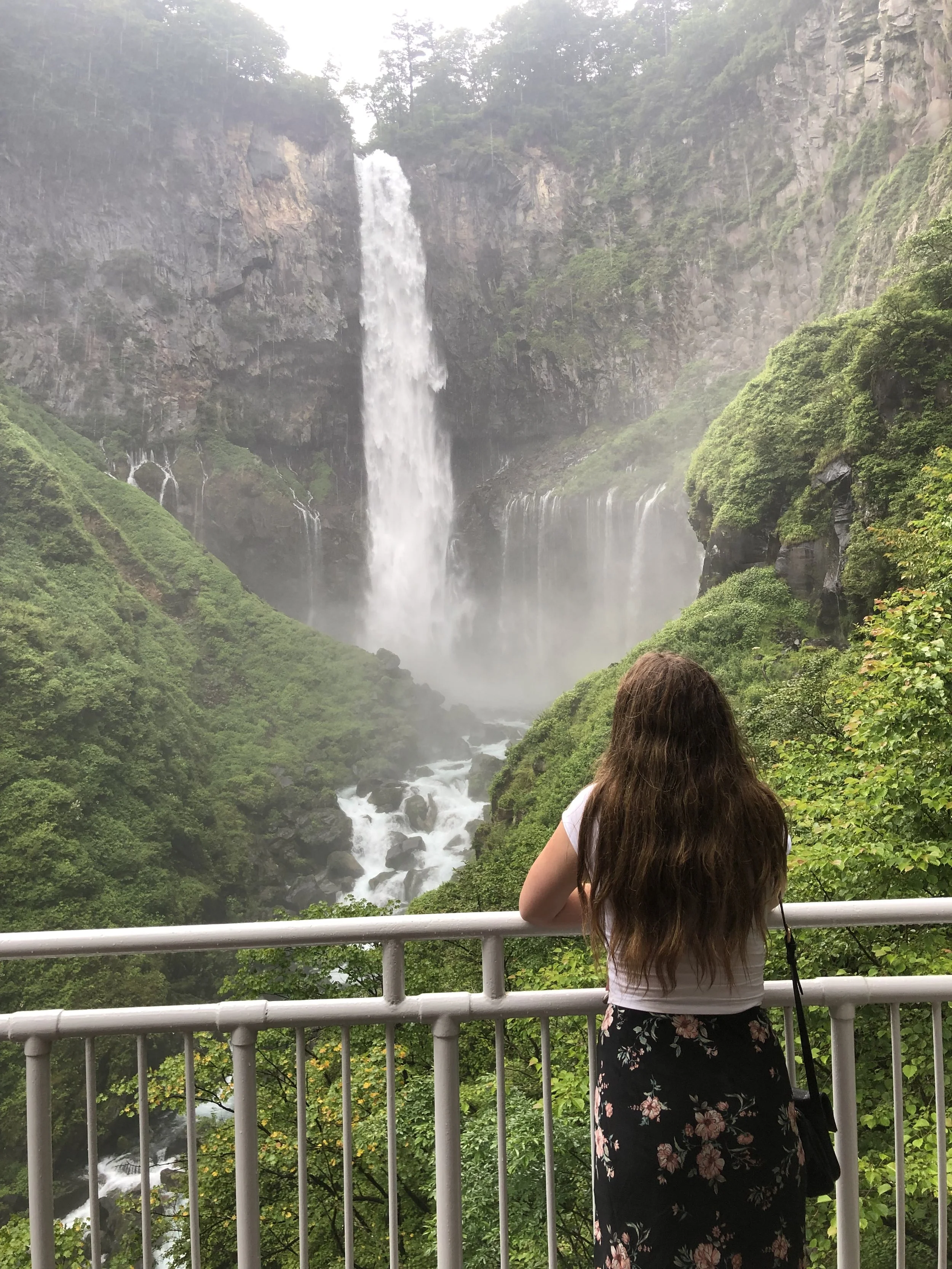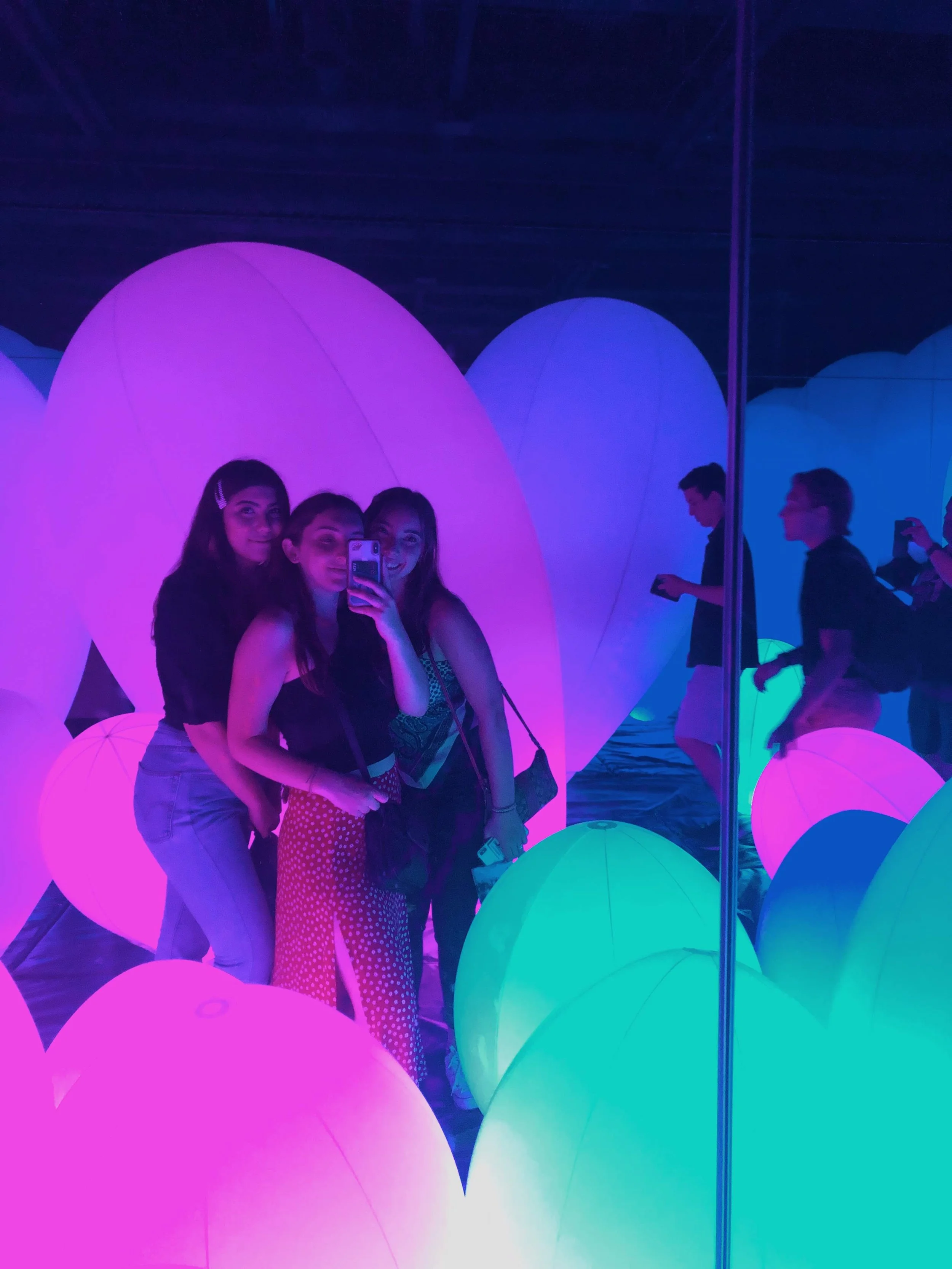Japan: Redefining Sustainability Through Technology and Tradition
Japan is one of the world leaders in technology, innovation, and also one in environmental sustainability. Often called The Land of the Rising Sun, the country offers a horizon for new technologies to emerge in coexistence with the cultural significance of the land. The government of Japan claims that the country is working towards being the first country to prove that it’s possible to grow through innovation even with a declining population. Japan is working to create the next step in human evolution after the hunter-gatherer, agrarian, industrial, and information society stages, called Society 5.0. This age of human development will focus on the “vast potential of accumulating data, and new technologies of the fourth industrial revolution, in order to find solutions to social issues such as the declining birth rate, an aging population, and environmental and energy issues.” I had the opportunity to visit Japan last summer and experience this amazing country firsthand with my two best friends. Neon signs light up the streets of Tokyo. The vending machines spit out genuine, delicious Japanese food. Robots fight each other for our entertainment in restaurants. Outside of Tokyo, farmers harvest their rice. Elders climb hundreds of stairs to pray at an ancient temple. Teenagers stop to buy snacks at the local 7-Eleven. Regardless of where you are in Japan, at the end of the day, their culture rings through everything they do.
The ancient Japanese customs and traditions are still very much alive while the country is taking major leaps in technological advancement. Around the world, we are losing ourselves to the grip of technology and polluting the Earth as we do. We have lost the ways of our ancestors and disrespected the earth they once walked. Japan, however, has been able to implement technology without letting it hinder their culture or environment.
Just one train ride outside of Tokyo there is a city called Nikko. An old Japanese proverb claims, “That who hasn’t visited Nikko may not use the word ‘wonder.’” The earth in Nikko is beloved. The mountains and trees embody the spirits of men, women, and the divine. Due to these spiritual connections, the people of Nikko believe that harming nature more than necessary to build temples and shrines would diminish the land’s spiritual value.
Driving into Nikko felt like a dream. We drove along the winding roads as fog rolled over the hills. I watched as the trees grew taller and taller around me. While the views of the journey were gorgeous, they were nothing compared to Kegon Falls, a beautiful waterfall somewhat hidden from the more metropolis-like parts of town. An old Japanese tradition designated these falls as a meeting point for thousands of people who venture in search of a spiritual experience that connects them with their ancestors. Access to the waterfall requires visitors to take an elevator 100 meters down. When the doors of the elevator open, there is a cold, misty tunnel. You can hear the beckoning roar of the water guiding you outside. When the tunnel finally ends and you turn to face this wonder of nature, you can’t help but smile and jump up and down (or, at least I couldn’t).
The beauty comes from the combination of both nature and culture. This waterfall isn’t just a simple landmark, but rather a symbol of history and a cultural emblem that has stood proud and tall for centuries. Similarly, not far from the falls is a beautiful red bridge that holds sacred value in Japanese culture. The legend says that this bridge was formed when a Japanese emperor asked the gods for a way to cross the river. Two snakes answered his prayers and came down to form the bridge. This bridge stands to embody the significance that nature holds in Nikko and throughout the entire country. The National Parks system in Japan works “to preserve beautiful scenic areas and their ecosystems...to contribute to the health, recreation, and culture of citizens by promoting their utilization.” This importance of not only spiritual value, but environmental preservation combined with personal connections allows for a more holistic, unified experience that personally allowed for a deeper understanding of Japanese culture and values. Without the preservation of the environment and the cultural history engrained in it, sustainable advancement is not possible.
Japan’s national parks largely differ from conservation sites and national parks in other countries because their main goal is to preserve the environment for future generations while also providing the public with nature for enjoyment. They do this by offering free admission to most parks, allowing visitors to physically come in contact with nature by providing a wide range of recreational activities, such as hiking, snorkeling, and natural hot springs (public baths). All of these offerings allow for enjoyment as well as a deeper interaction with nature and spiritual beliefs. Even though I only spent one week in Japan, the values of the country and its people echoed through every street, every city, and every person I came in contact with, creating a lifetime of memories in a week’s worth of living.
How exactly do the beliefs of small towns around Japan still ring through in major cities like Tokyo? Mainly due to Japan’s environmental policies. In April 1964, Japan became a member of the OECD (The Organization for Economic Co-operation and Development). The primary goal of this organization and the countries comprising it is to work with government, policymakers, and citizens to shape policies that “foster prosperity, equality, opportunity and well-being for all.” This shifts Japan’s definition of sustainability to not only refer to the environment, but also how we can make connections between environmental protection, economic growth, and social values to redefine what sustainability means. This redefined meaning of sustainability, allows for a greater connection to the earth through immersive experiences, both directly and indirectly with nature.
On the outskirts of Tokyo, you can find a captivating, technologically advanced experiential museum called teamLab Borderless. The company itself defines teamLab Borderless as “a group of artworks that form one borderless world. Artworks move out of rooms, communicate with other works, influence, and sometimes intermingle with each other with no boundaries.” The goal of this experience is to “immerse your body in borderless art in this vast, complex, three-dimensional 10,000 square meter world. Wander, explore with intention, discover, and create a new world with others.”
It truly is a borderless world – a museum without a map. Many of the features within this museum revolve around nature. These allow for an intermingling of humans and “nature.” We get to see not only the impact that nature has on us, but the impact we have on nature, and how we may intertwine to become one. Going through the “active forest”, you are urged to run, jump, play, and interact with the enticing world around you. This area aims to teach spatial recognition and a better understanding of the world through its interplay with the body. Goals like these are evident among each of the interactive artworks throughout the museum that encourage creativity and a greater appreciation for our impact on the world. Much like the national parks, teamLab allows for a mesmerizing experience that provides both knowledge and entertainment side by side.
This harmonious balance between people and nature is evident in urban Japan’s technological world. As with teamLab utilizing advanced technology to replicate the natural environment, whether it’s gliding through a pond of motion-reactive coy or watching a ceiling of pixelated petals, the Japanese culture demonstrates an extraordinary interconnection between industrialization and nature. This bond translates beyond entertainment into Japan’s national parks and sustainability policy. From ancestral spiritual ties to the Earth that have since transformed into digital habitats, Japan is a truly remarkable champion for nature, redefining how we view sustainability.







